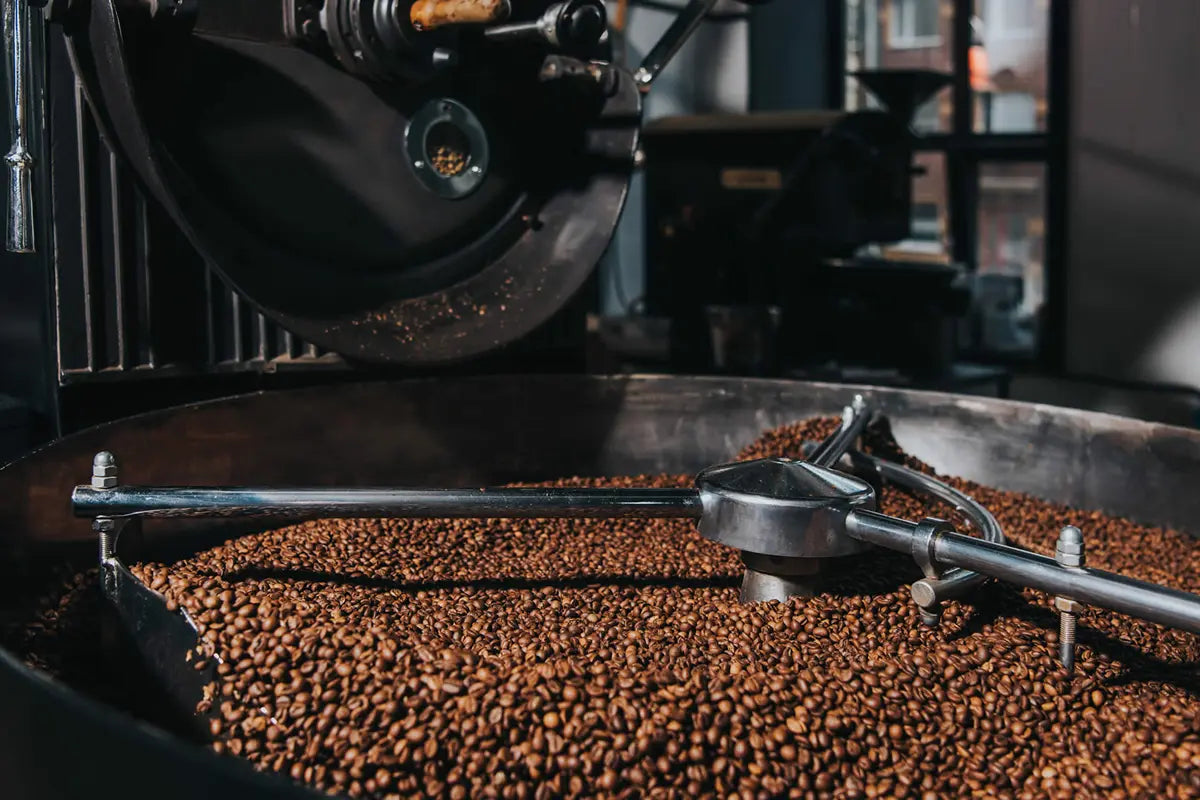Coffee bean roasting is a fascinating and intricate process that plays a crucial role in bringing out the unique flavors and aromas found in our beloved cup of coffee. From the selection of beans to the precise application of heat, every step in the roasting journey contributes to the final character of the brew.
At its core, coffee bean roasting is the transformative process of applying heat to green coffee beans, causing them to undergo various chemical and physical changes. These changes are responsible for unlocking the delightful flavors and aromas that we associate with our favorite coffees. Roasting not only determines the color and taste of the beans but also influences their acidity, body, and overall complexity.
 The first step in coffee bean roasting begins with carefully selecting the green coffee beans. Factors such as origin, variety, and processing method all impact the flavors and characteristics of the final product. Once the beans are chosen, they are placed into a roasting machine, which controls the temperature, airflow, and roasting time.
The first step in coffee bean roasting begins with carefully selecting the green coffee beans. Factors such as origin, variety, and processing method all impact the flavors and characteristics of the final product. Once the beans are chosen, they are placed into a roasting machine, which controls the temperature, airflow, and roasting time.
As the roasting process commences, the beans undergo a series of transformations. Initially, they absorb heat and lose moisture, leading to a gradual color change from green to yellow. During this stage, the beans release a grassy aroma. As the temperature rises further, the beans undergo a chemical reaction called the Maillard reaction, where sugars and amino acids combine, resulting in the development of complex flavors and aromas. The beans begin to turn brown, and the fragrance intensifies, filling the air with an enticing scent.
The final stage of roasting, known as “development,” is a critical moment where the roaster must carefully monitor the beans to achieve the desired roast level. This stage determines whether the beans will be light, medium, or dark roasted. The roast level significantly impacts the flavor profile, with lighter roasts offering brighter and more acidic notes, while darker roasts exhibit deeper, smokier flavors.
Timing is crucial during the cooling process to halt the roasting and prevent the beans from overcooking. Once cooled, the freshly roasted beans are ready for grinding and brewing, allowing coffee enthusiasts to savor the full expression of the roasting artistry.
In conclusion, coffee bean roasting is a delicate blend of art and science, where the selection of beans, precise control of temperature, and expert timing all contribute to the rich and diverse flavors we enjoy in our daily cup of coffee. It is a meticulous process that showcases the craftsmanship of roasters, and through their dedication, we are able to experience the captivating world of coffee in all its aromatic glory.

